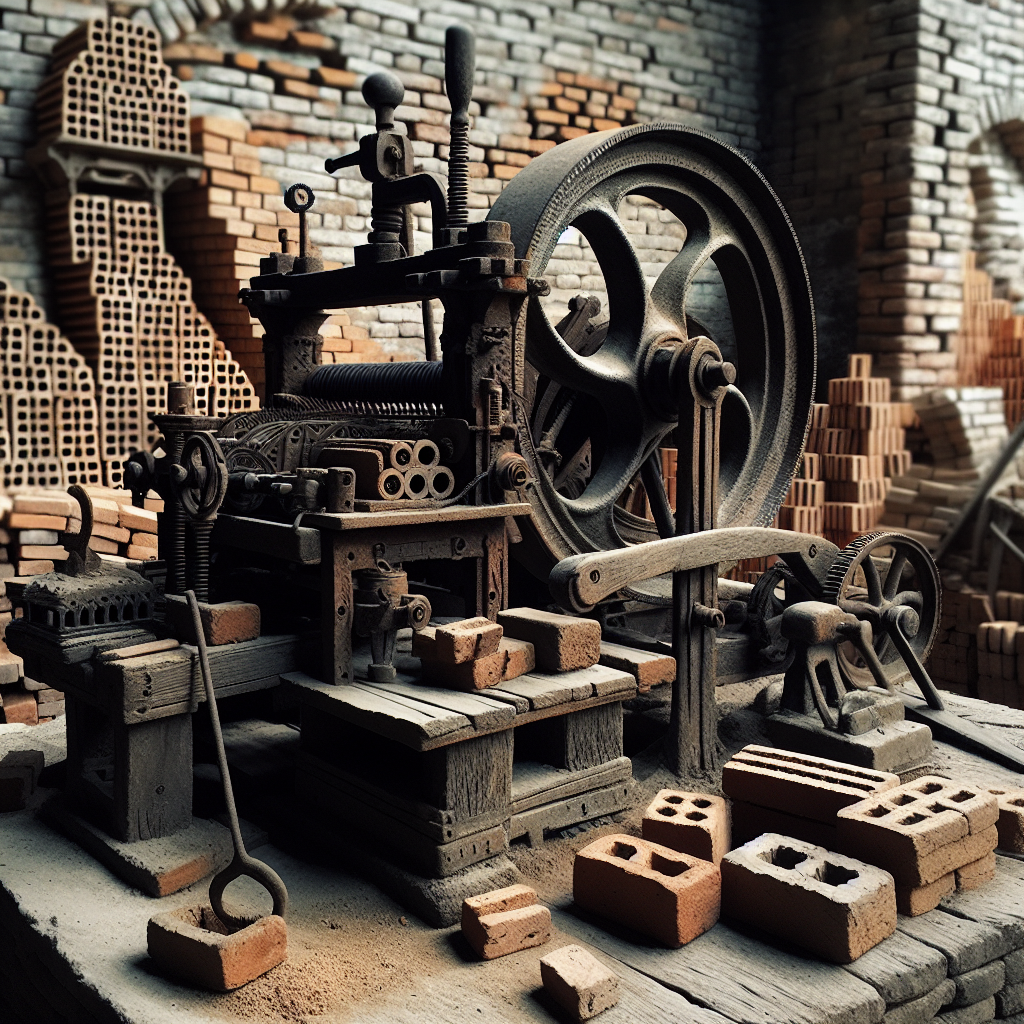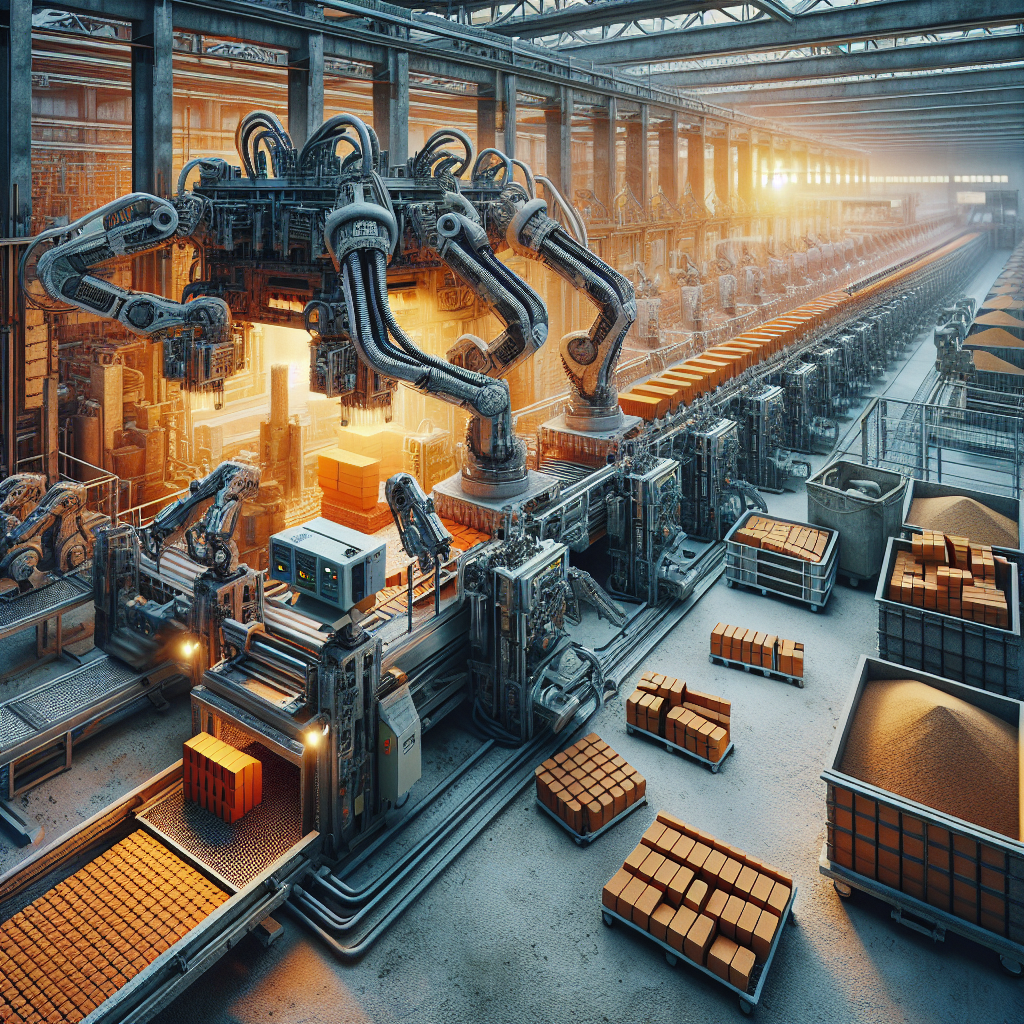The evolution of brick making machines is a fascinating journey. It's a tale of technological advancements that have revolutionized the construction industry.
From the rudimentary manual machines of the industrial era to today's sophisticated automated systems, the transformation is remarkable. The shift has not only increased efficiency but also improved the quality of bricks produced.
This article delves into the historical progression of brick making machines. It explores the transition from manual to automated processes, the role of brick molds, and the impact of these machines on the construction industry.
Join us as we trace the path of this remarkable evolution.
The Historical Significance of Bricks and Early Production Methods
Bricks have been a cornerstone of construction for millennia. Their durability and versatility have made them a preferred choice for builders across cultures and eras.
The early methods of brick production were labor-intensive. Workers molded clay by hand, then left the bricks to dry in the sun. This process was slow and the quality of bricks varied greatly.
The advent of the industrial era brought about the first brick making machines. These manual machines marked a significant leap in brick production efficiency and consistency.
The Industrial Era: Manual Brick Making Machines
The industrial era saw the introduction of manual brick making machines. These machines revolutionized the brick production process, increasing efficiency and consistency.
Manual machines used a simple yet effective mechanism. Workers would load clay into a brick mold, then apply pressure to form the brick. The brick was then removed and left to dry.
Despite being labor-intensive, these machines were a significant improvement over hand molding. They allowed for the mass production of bricks, meeting the growing demand of the industrial era.
The Mechanics of Manual Brick Making
The manual brick making machine operates on a simple principle. It uses a brick mold, which is filled with clay or a clay mixture.
The worker then applies pressure, either by hand or by using a lever. This pressure compacts the clay into the shape of the brick.
Once formed, the brick is removed from the mold and left to dry. This process is repeated until the desired number of bricks is produced.
The 20th Century: From Manual to Semi-Automated Machines
The 20th century marked a significant shift in brick production. The manual brick making machines were gradually replaced by semi-automated machines.
These machines, powered by electricity or diesel, reduced the need for manual labor. They increased the speed of brick production, further enhancing efficiency.
Semi-automated machines also introduced uniformity in brick size and shape. This uniformity improved the quality of construction, leading to stronger and more durable structures.
The transition to semi-automated machines was a major milestone in the evolution of brick making technology.
The Modern Age: Fully Automated Brick Making Machines
The advent of the 21st century brought about fully automated brick making machines. These machines revolutionized the brick production process, making it faster and more efficient.
Automated machines can produce thousands of bricks per hour. This high production rate has significantly reduced the cost of bricks, making construction more affordable.
Moreover, these machines have improved the quality of bricks. They produce bricks with consistent size and strength, which are essential for safe and durable construction.
Environmental Considerations in Contemporary Brick Production
Modern brick making machines are designed with environmental considerations in mind. They use less energy and produce less waste compared to their manual and semi-automated counterparts.
Furthermore, some machines are equipped with recycling capabilities. They can reuse waste material, reducing the environmental impact of brick production.
The Future Outlook of Brick Making Technology
The future of brick making machines looks promising. Technological advancements are expected to further improve the efficiency and environmental friendliness of these machines.
Innovations such as artificial intelligence and machine learning are being integrated into these machines. These technologies can optimize the brick production process, reducing waste and energy consumption.











.jpg)





0 Comments